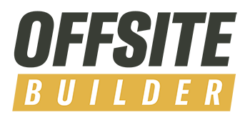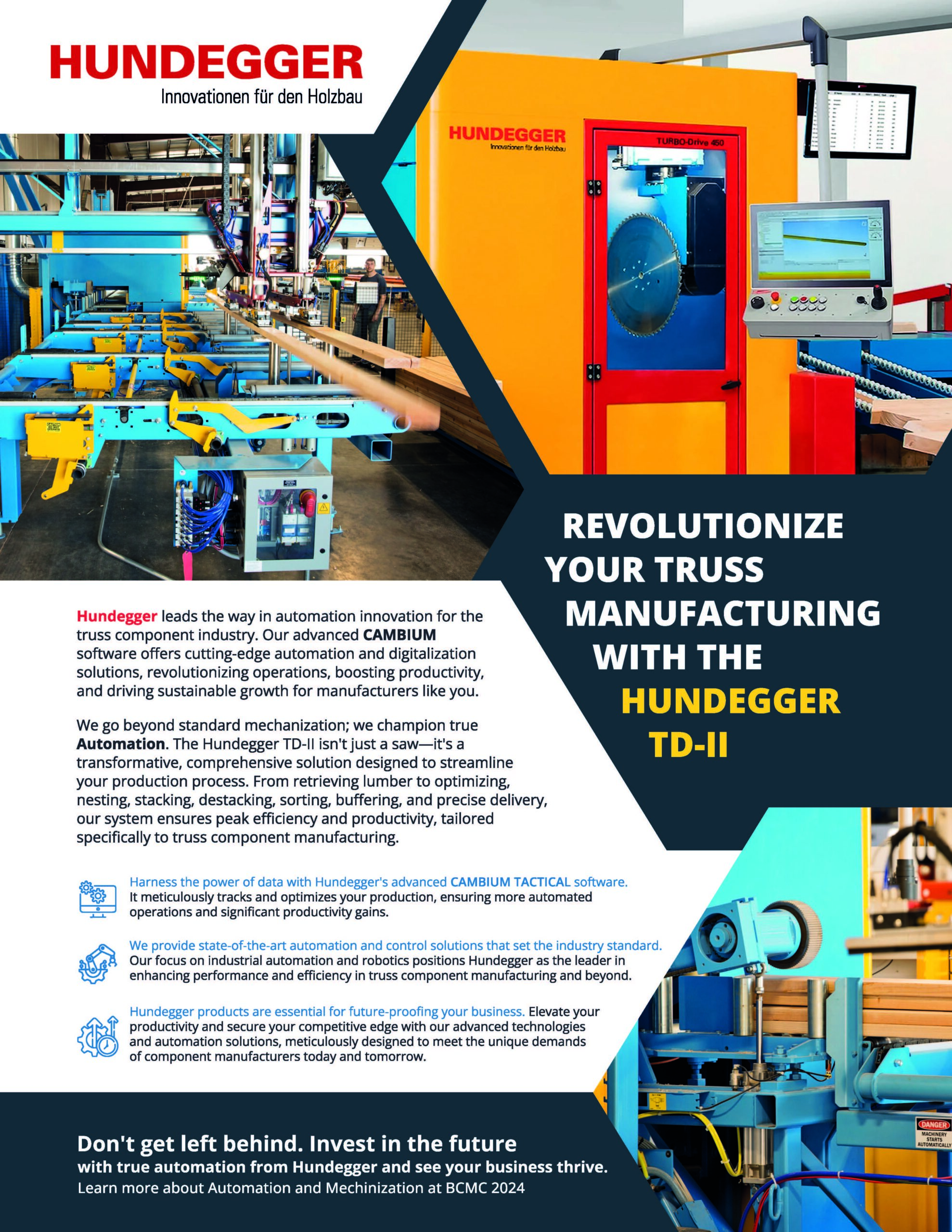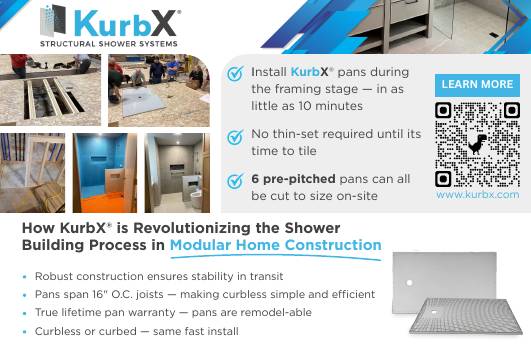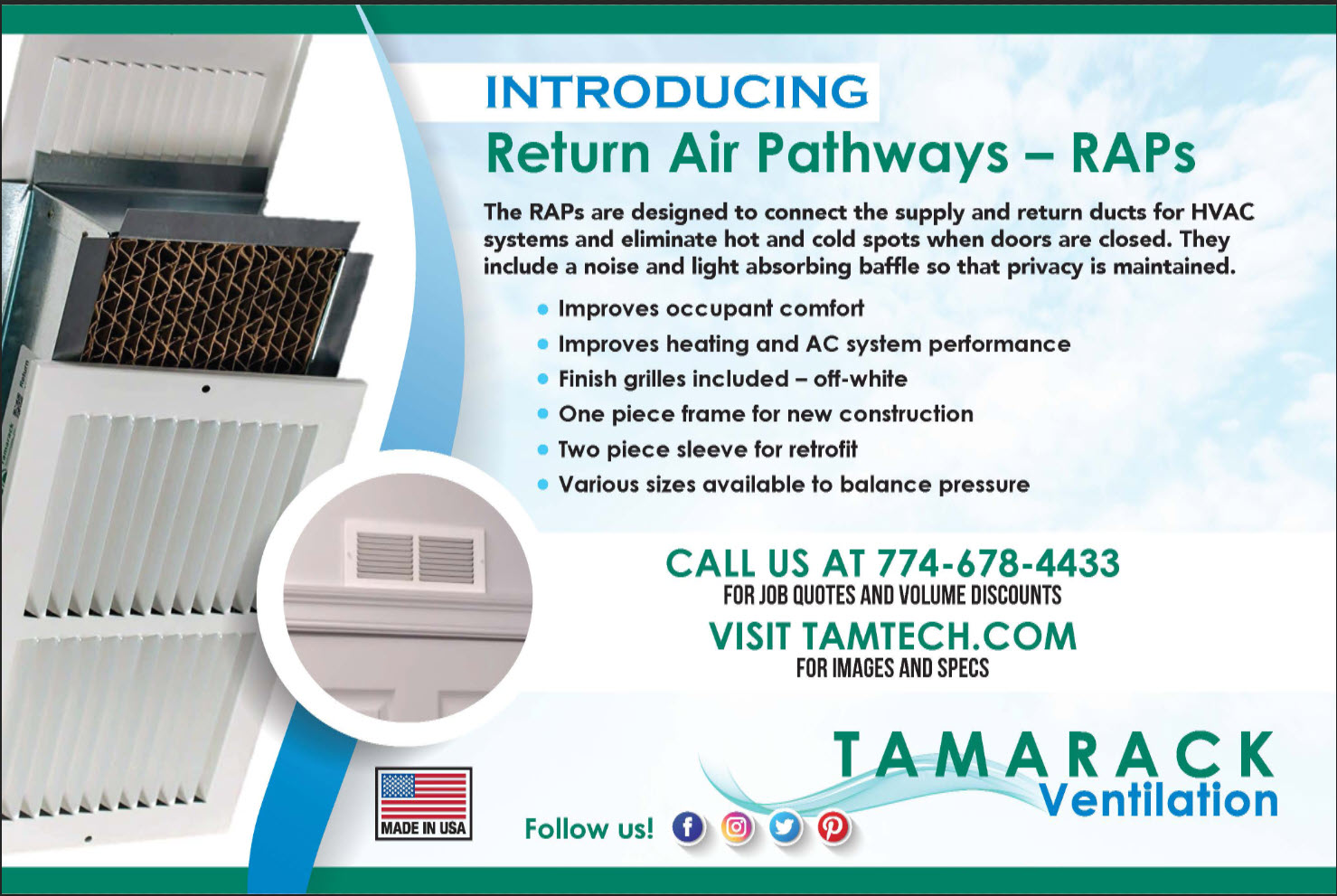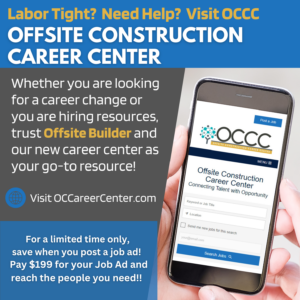A look at the skills and strategies needed for success.
- The Lean PM is a flow manager, not just a scheduler or taskmaster.
- Pull planning, visual management, and problem-solving frameworks are central to avoiding offsite delivery pitfalls.
- Culture matters: curiosity, shared ownership, and early alignment drive modular success more than tools alone.
In the world of offsite and modular construction, Lean thinking is often seen as something that lives on the factory floor. But the reality is much of a project’s flow — or its failure — comes down to the Project Manager, or PM. When prefab projects fall behind schedule, run into costly rework, or get bogged down in finger-pointing, chances are the root cause isn’t just in production. It’s in coordination. That’s why Lean project management is one of the most critical aspects of offsite delivery.
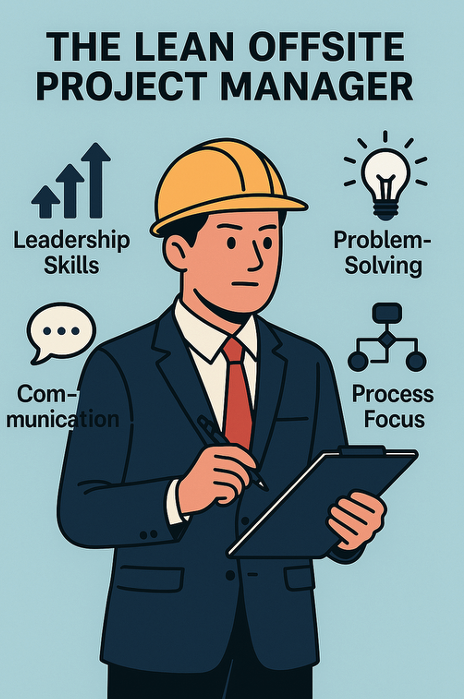
A Lean PM generally works for the modular factory. This professional isn’t just focused on getting things done, but on getting the right things done, in the right order, with the fewest possible delays, handoffs and surprises. In this article, we’ll explore what skills, tools and habits the PM needs — and how they can drive dramatic improvements in flow, quality and speed.
I’ve written about some of these skills, tools and habits in past articles (visual management tools and the 5 Whys, for example), so if you want to learn more, you can search for them at OffsiteBuilder.com. This article shows how they can be implemented in practice, as part of a system.
Tools I haven’t already written about, such as A3 reports, may be the subject of future articles.
Project Managers Are Crucial
In a traditional construction project, the PM coordinates subcontractors and schedules site-based work. In offsite construction, the PM also must align design, engineering, procurement, manufacturing, shipping, and site installation — often across companies, time zones, and workflows.
With this system, the PM is the central hub in the project delivery wheel. In Lean thinking, that hub is all about maintaining flow. When information doesn’t flow clearly from design to production, or when modules are delivered before the site is ready, waste explodes. That waste might show up as rework, storage costs, missed crane windows, or idle labor. A Lean PM sees it coming — and works upstream to prevent it.
Core Skills for Offsite PMs

The skills needed for this job include Flow Thinking, Visual Management, Structured Problem Solving, Pull Planning/Scheduling, and Waste Identification. Let’s look at each one.
Flow Thinking. At its heart, Lean is about flow — the smooth, uninterrupted movement of value from start to finish. A Lean PM designs the project plan around that idea and considers how each decision affects downstream teams. For example, the PM knows that a two-day delay in design approvals can ripple into missed procurement windows and late module delivery.
Lean PMs ask: “Where might work pile up? Where are the handoffs that need to be tightened? How can we smooth the path?”
Visual Management. Visual tools help make problems visible before they become costly. A Lean PM uses simple dashboards, physical boards, or shared digital trackers to manage schedule milestones, RFIs, factory readiness, and installation prep. These tools aren’t just for tracking — they’re for communicating.
For example, a PM might maintain a color-coded installation plan that both the factory and field teams can see in real-time. When the installation schedule shifts, the change is reflected immediately, preventing double-handling or missed crane dates. Everyone from the crane operator to the drywall crew should be able to understand the plan at a glance.
Structured Problem Solving. When things go wrong — and something always does — a Lean PM doesn’t assign blame. They lead a structured root cause analysis. Tools like the “5 Whys” (asking “Why?” five times to get to the root cause of a problem) or a basic cause-and-effect (fishbone) diagram help uncover the real reason for the issue. Whether it was a late submittal, a missing detail in the shop drawings, or a breakdown in communication, the goal is to fix the system, not the symptom.
A3 reports, which are one-page problem-solving summaries, can be used to document what happened, what was learned and what should change. This makes improvements shareable across teams.
Pull Planning and Scheduling. Traditional schedules are built by pushing tasks forward. But Lean scheduling works backward from the end goal, identifying what conditions need to be in place for each task to begin. This “pull planning” method ensures that work only starts when it’s ready to flow.
For modular construction, this approach helps coordinate delivery with site readiness. A Lean PM uses milestone pull plans and weekly look-ahead meetings to create timelines that reflect reality — not guesses.
Waste Identification. Lean PMs are trained to see waste. Not just physical waste, like damaged panels or idle equipment, but process waste: waiting, overproduction, excess movement and more. For example, if crews are waiting on clarification from design, that’s waste. If modules are delivered early and must be stored, that’s waste.
The Lean PM constantly asks, “What is slowing us down that adds no value?”
Daily and Weekly Habits
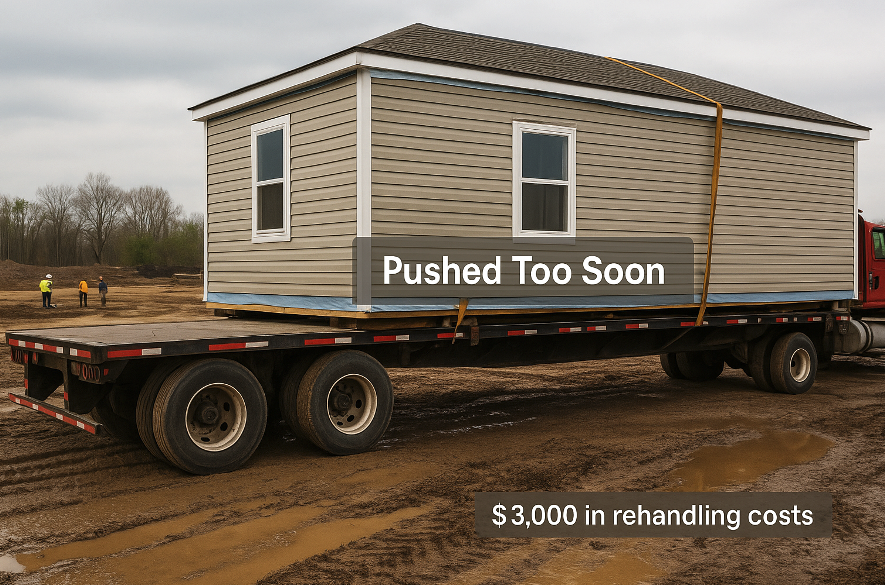
Of course, the above skills are only valuable if supplemented by good habits. Here are the habits that a Lean PM needs to cultivate:
Daily Stand-Up Meetings. The day often starts with a quick huddle. These stand-ups (sometimes called “production meetings” or “constraint reviews”) are focused on what got done yesterday, what’s planned for today and what’s getting in the way. This isn’t about long discussions — it’s about surfacing issues early, so they don’t snowball.
Standardized Checklists and QA Triggers. To avoid rework, Lean PMs use checklists for critical handoffs. For example, before a module is shipped, a PM might verify that all connection points are labeled, equipment is secured and the lifting plan is approved. These “quality triggers” make sure work is truly ready to move forward.
Weekly Look-Aheads and Coordination Reviews. A Lean PM meets weekly with key team members — factory, field and design — to review the next two to three weeks of work. They don’t just confirm tasks; they confirm conditions. Are the materials arriving on time? Are permits ready? Is the shop drawing approved? This habit keeps surprises to a minimum.
Capturing and Sharing Lessons Learned. Every project has friction points. Lean PMs treat those moments as gold. They document them in simple A3 summaries or lessons-learned logs, then share them across teams. These insights become the fuel for better planning next time.
Avoiding Common Pitfalls
A common failure in offsite is pushing production forward without checking if downstream teams are ready. The result? Modules arrive before the jobsite can receive them, leading to double handling or storage. In one recent hotel project, modules were delivered three days before the crane pad was poured — resulting in $3,000 in handling costs and two damaged units.
Lean PMs avoid such problems by working backward and verifying readiness before releasing work.
Decisions made too late in the process can create chaos in procurement and production. A Lean PM works to “freeze” key design milestones early and makes the impact of late changes visible to all stakeholders.
Another potential problem is lack of transparency. When each department has its own spreadsheet, calendar and system, misalignment is inevitable. Lean PMs push for shared visual tools and single sources of truth.
When problems arise, finger-pointing delays solutions. Lean PMs model a culture of curiosity over blame — focusing on causes, not culprits.
In fact, at the heart of Lean is respect — for people, time and process. A Lean project manager builds trust by listening, asking questions and creating space for team input. They reward small wins, recognize improvements and lead with humility.
They also encourage small-scale experimentation. Want to test a better delivery sequence? Try it on one building. Found a faster install technique? Document and share it. Lean isn’t a top-down command — it’s a shared journey of learning.
Conclusion
The Lean offsite PM isn’t just a taskmaster or scheduler. They’re a connector, a communicator and a champion of flow. The focus is on how smoothly and reliably value flows from step to step.
Want to begin today? Start by setting up a short weekly coordination huddle, using a shared visual schedule, and building a simple red-flag list of known bottlenecks. Then tackle one improvement at a time.
By building visual systems, leading structured coordination and driving a culture of respect and improvement, Lean PMs unlock the true potential of offsite construction. And in an industry racing to build smarter, faster and better, that makes all the difference.
